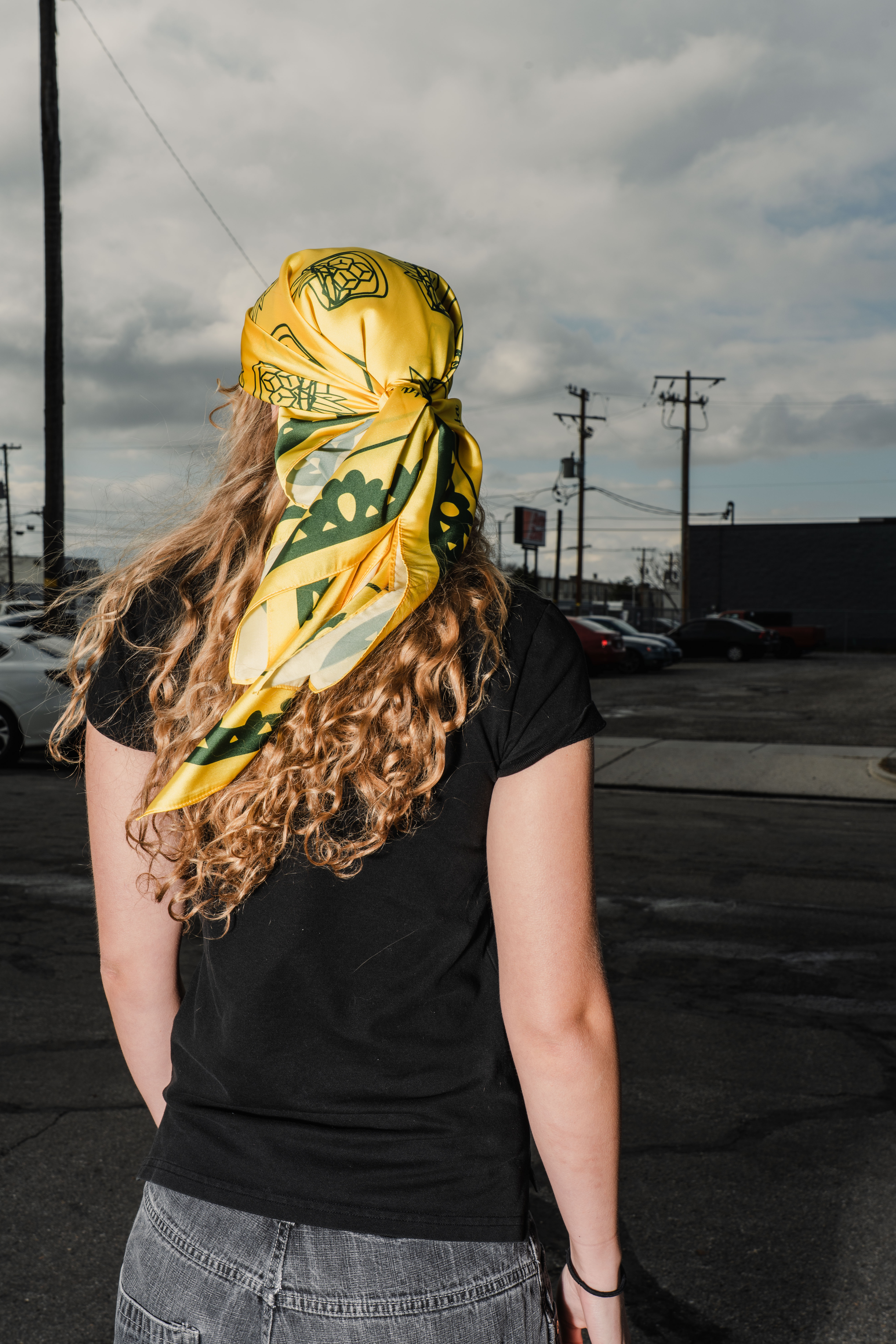When the Price Tag Doesn’t Match the Product: What Brands Can Learn from the Lululemon & Hermès Backlash.
Apr 23, 2025
/
Educational
Introduction
As a branding and experiential marketing agency, we understand that creating a perceived value is what great brands do. But, where do you draw the line between premium positioning and alienating your audience?
Lately, brands like Lululemon and Hermès have been facing backlash online because people are realizing that the price tags are far exceeding the actual cost of production. Whether it is $128 leggings that cost $20 to make, or Birkin bags being sold as an ultra-exclusive French craftsmanship, the consumers are noticing.
Luxury Pricing: Smart Positioning or Overreach?
Premium brands have always operated on strong margins; that’s no secret. But now, with global production costs increasing and public scrutiny at an all-time high, brands are being challenged to justify those margins more transparently.
So when the internet starts asking questions like “Wait, how much do these leggings cost to make?” or “Why is this bag $15,000?” – we’re paying attention.
Image Courtesy of @lunasourcingchina
The Reality Behind the Price Tag
We’ve been behind the scenes long enough to know: most products – even really beautiful, high-quality ones – don't cost anywhere near what they retail for.
Let's break it down:
Lululemon
Cost to produce leggings: ~$10-$25
Retail price: $98-$128
Markup: 5x-10x, easily
Hermès
Estimated production cost: $800-$2,000
Retail price: $10,000-$100,000
Markup: Up to 50x the cost
So Why Are These Prices Sparking Backlash?
Consumers aren’t just paying attention, they're doing the math. As you get more visibility with manufacturing, sourcing, and retail markups, people are going to question whether the price truly reflects the product, or if it's just the branding around it.
Shoppers don't expect luxury to be cheap – they expect it to make sense.
When a $128 pair of leggings costs $15 to make, or a $10,000 bag includes globally sourced parts. The disconnect is hard to ignore.
This kind of pricing only works when people feel like what they're paying matches what they're getting. Right now, a lot of people are realizing it doesn’t.
Image Courtesy of @senbags
So… Is It Worth It?
The answer depends on what you value. If you’re all in on craftsmanship, exclusivity, and the story behind a brand, the premium might feel justified. But you are not alone if you are starting to feel like you’re paying $100 for a name and an aesthetic.
People still want luxury, they’re just asking for a little more transparency about what they’re paying for.
Conclusion
This isn’t about dragging luxury brands. It’s about being smart and intentional about things you put your name on.
Whether you’re building out a retail space, sending a kit to influencers, or gearing up for a product launch, the way your items are made, priced, and experienced matters.
Let Brand+Aid® make it happen. We’ll be over here helping you create things that people love, keep, and talk about without overcharging or over-explaining. From concept to creation, we’re the team behind the scenes making your brand look and feel like the real deal.
Let’s make something worth unboxing.










